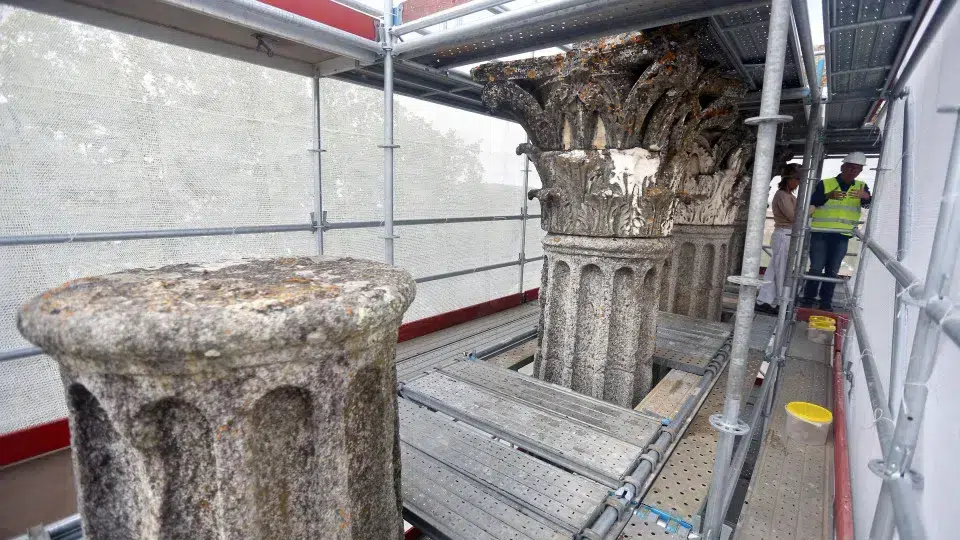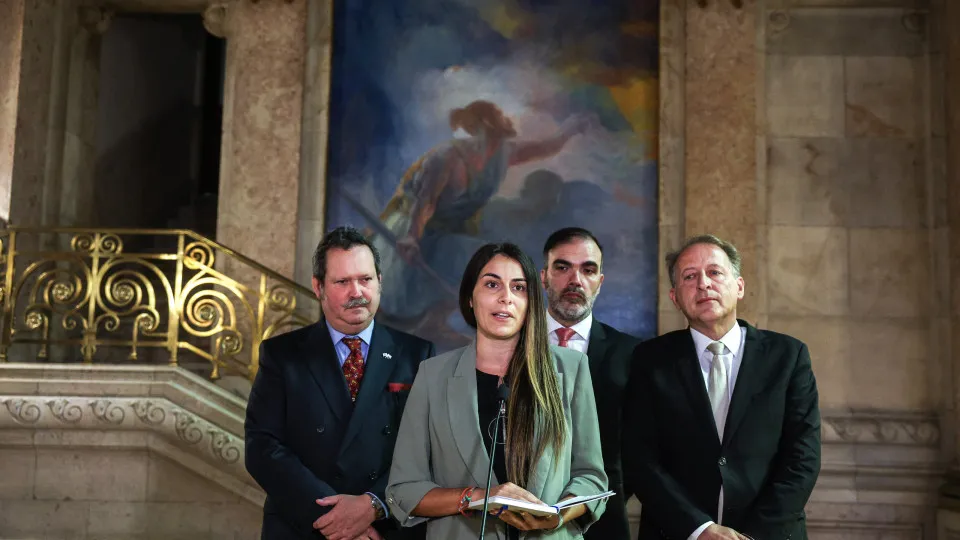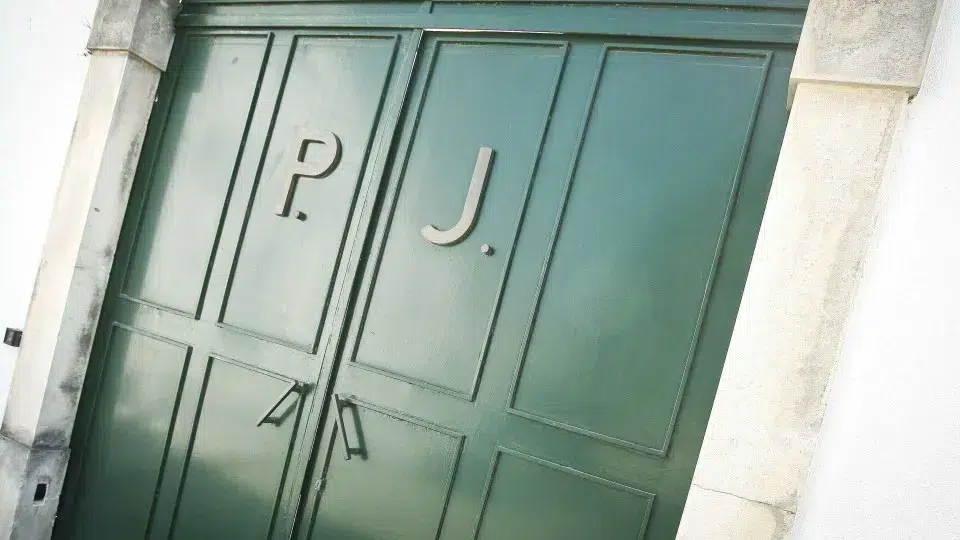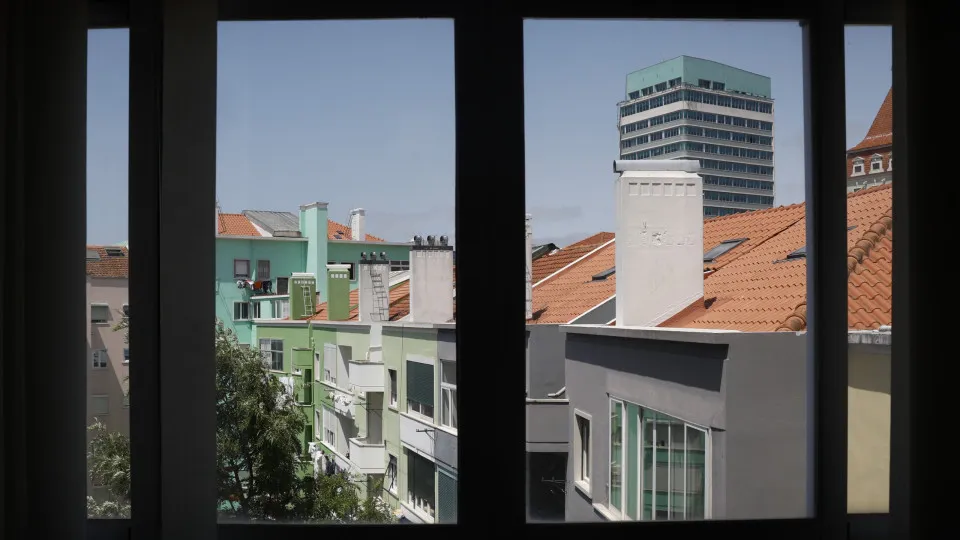
The temple, about which little is still known, dates back to the period between the 1st and 4th centuries AD and was integrated into the Roman forum of the ancient Ossónoba, corresponding to the city’s economic, political, and social center, said Felix Teichner from the University of Marburg.
According to the researcher, the surveys conducted earlier this week in Largo da Sé, as part of a project involving the universities of Marburg and Algarve, confirm the location previously identified by archaeologists who conducted excavations there in the mid-20th century, documented in photographs.
“What has been detected is the corner of the temple. And it’s visible in the old photographs. In my youth, I worked in Évora, in front of the Temple of Diana, and this is similar. We have the podium and the stairs there,” he stated, emphasizing that new technologies “are faster than excavation and do not destroy anything.”
The surveys, conducted in collaboration with the Faro Municipal Museum, use geophysical equipment, particularly ground-penetrating radar, based on the sending and receiving of electromagnetic waves into the subsoil where the Roman building is buried.
The measurement of the intensity of the refraction of these waves by buried structures allows for obtaining the design of how the building was, whose base is relatively well-preserved, aiming to define the temple’s plan, whose façade, like the Sé, faced Ria Formosa and the Ossónoba port.
Thus, those arriving by sea to the city quickly accessed the ancient public square of the Roman city and the temple, a common practice in port cities where the main square was situated by the harbor.
“This is another small piece in the great puzzle of the urban archaeology of Faro,” says Felix Teichner, highlighting that, for the interpretation of the results, a specialist in geophysics will be necessary, as archaeologists often cannot do so.
Asked about the possible future of that site, Faro Municipal Museum archaeologist Nuno Teixeira notes that the goal for now is to map the structures, as any potential excavation should be preceded by a site musealization project.
Also, Maria João Valente, an assistant professor at the Faculty of Human and Social Sciences at the University of Algarve (UAlg) and zooarchaeologist, argues that at this moment, more important than excavating the site is knowing what is there, as a deep excavation in an urban environment is “very complicated, expensive, and implies a huge population disturbance.”
The director of Faro Municipal Museum, Marco Lopes, has no doubt that without the partnership between the two universities, it would not have been feasible to conduct such subsoil explorations, as it is the University of Marburg that provides the geophysical equipment.
“We could not miss the opportunity [of the partnership], from the standpoint of knowledge and what is the reading of the city in archaeological and heritage terms,” he stated, considering that these studies help complement “the vision of the Roman city’s urban organization.”
The surveys took place in Largo da Sé and another more peripheral area of Faro’s historic center, with plans to focus today on the Milreu ruins in Estoi, also in Faro, and on Thursday, in Manta Rota, in the municipality of Vila Real de Santo António.
The works are part of a project by the Center for Research in Archaeology, Arts, and Heritage Sciences of UAlg and the Geoarch.Lab from the Philipps-Universität Marburg, which aims at mobility and training exchange between researchers and students from those institutions.
The project, running until 2026, is funded by the Foundation for Science and Technology (FCT) and its German counterpart DAAD.




